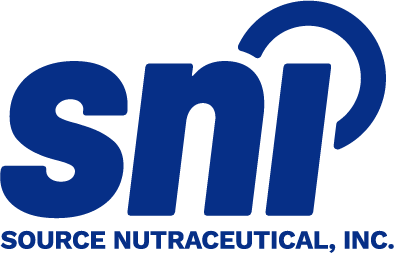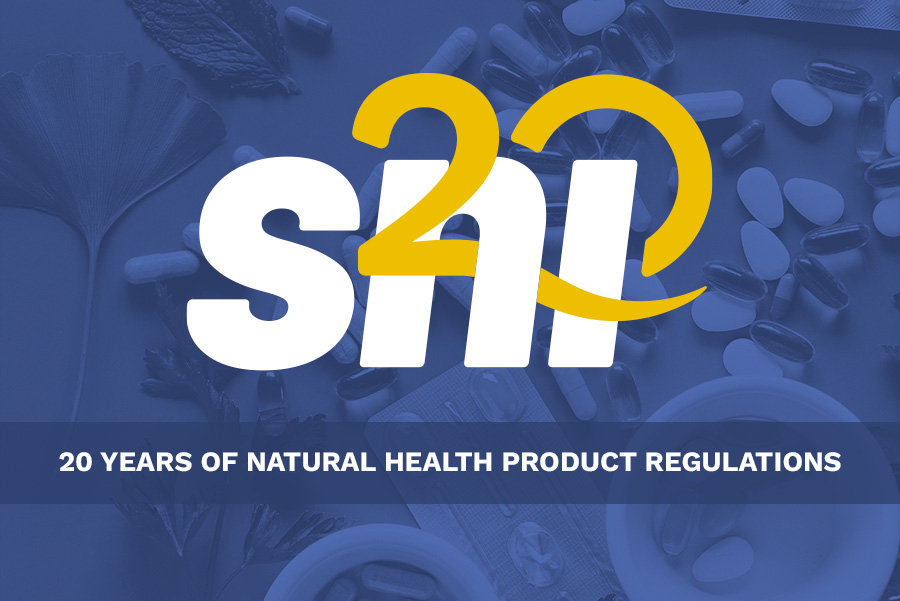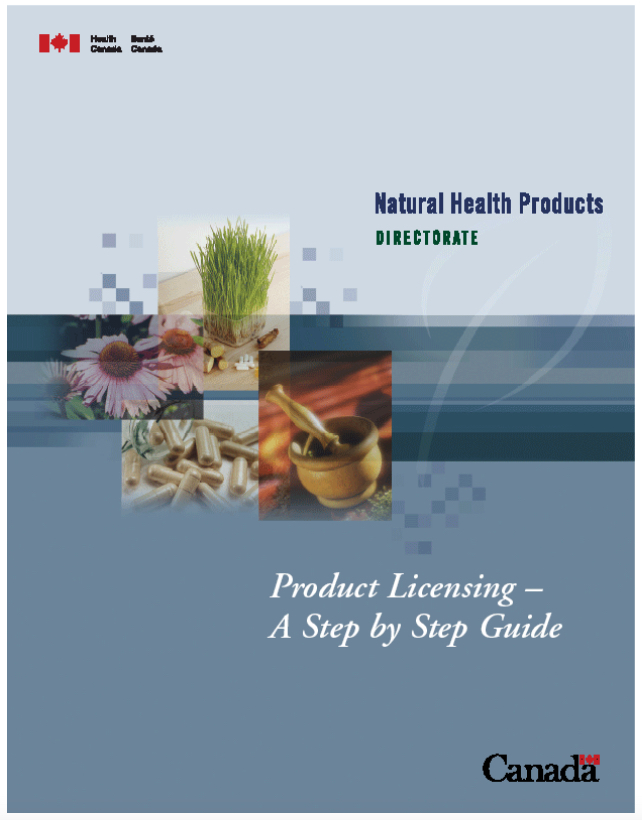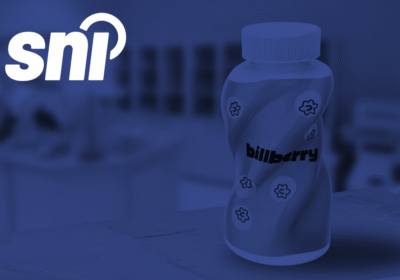In honour of celebrating 20 years of service,
we’ll be taking a trip down memory lane to summarize some key developments in the industry.
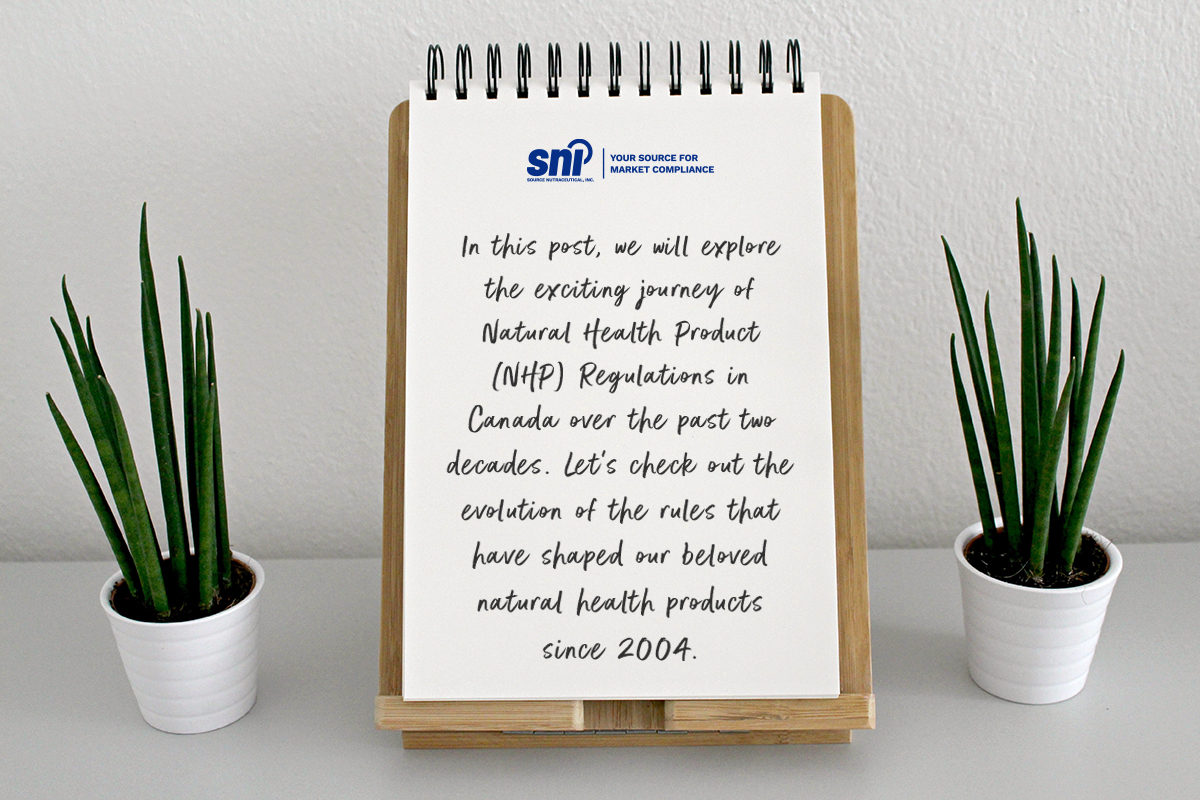
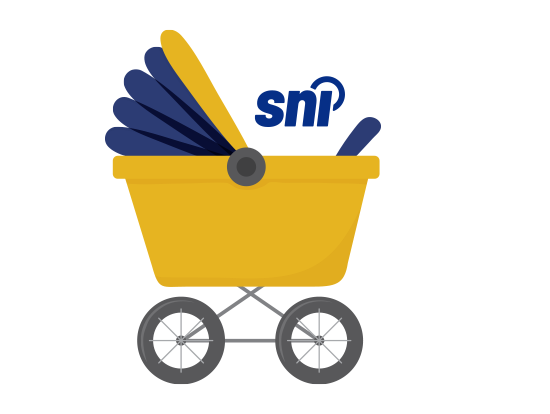
DID YOU KNOW?
Just like SNI, the NHP Regulations were born in 2004. This was a monumental step, providing a clear framework for the safety, efficacy, and quality of NHPs.
The goal? To ensure that Canadians had access to natural health products that were both safe and effective.
The Early Years (2004-2010)
In the first few years, Health Canada was busy setting the stage for a robust NHP industry. Companies now had to provide evidence supporting the safety and efficacy of their products. This meant that the wild west of unregulated health claims was tamed, ensuring that products on the shelves were backed by evidence.
The Natural Health Products Directorate (NHPD) was established to oversee this sector, and soon enough, the familiar Natural Product Number (NPN) started appearing on product labels, giving consumers confidence in their purchases.
In Canada, natural health products (also known as complementary medicines or traditional remedies) are subject to the Food and Drugs Act and Regulations.
Internationally, the regulation of natural health products varies. Generally they are regulated as drugs in European Union countries. Australia has classified many of these products as "complementary medicines" and has made legislative and regulatory changes to regulate these products as a subclass of "therapeutic goods." In the United States, many natural health products are regulated as "dietary supplements," which means they do not require pre-market review or proof of safety by the manufacturer before marketing, and they cannot make treatment/cure claims.
Interest in natural health products continues to grow. Studies show that over 70% of Canadians use some form of natural health products regularly. As the use of natural health products has become more widespread, it became apparent that a review of the current Canadian regulatory framework was needed.
May 1997
Many Canadians began expressing concerns about the regulation, safety and accessibility of herbal remedies. Health Canada responded by creating the Advisory Panel on Natural Health Products. The Panel provided the Department with direction and advice.
October 1997
The Minister of Health announced a full public review of the legal regime governing natural health products by the House of Commons Standing Committee on Health. The objective of the review was to strike a balance between Canadians' freedom of choice with respect to natural health products and consumer safety. The review also looked at what would be an appropriate regulatory framework for natural health products in Canada.
October 1997 - April 1998
The House of Commons Standing Committee on Health consulted a wide range of interested parties both at home and abroad. It heard from over 150 individuals, associations and coalitions representing many Canadians, including: health care providers, industry, consumer groups, herbalists, and the Advisory Panel on Natural Health Products. The Committee prepared recommendations for a distinct regulatory framework for natural health products.
May 1998
Health Canada's Advisory Panel on Natural Health Products presented its final report, Regulatory Framework for Natural Health Products, to the House of Commons Standing Committee on Health.
November 4, 1998
The Standing Committee on Health tabled its report, Natural Health Products: A New Vision, in the House of Commons. At that time, the then Minister of Health, Allan Rock, announced he would move quickly to address their recommendations.
March 26, 1999
The Minister of Health tabled the Government Response to the Standing Committee on Health's Report, Natural Health Products: A New Vision, in the House of Commons. The Government accepted all 53 of the Standing Committee's recommendations and said that these would form the basis of the broad policy framework for natural health products. The Minister of Health also announced the creation of the Office of Natural Health Products (now the Natural Health Products Directorate), which would give Canadians the assurance of safe products while continuing to provide access to a full range of health products.
May 1999
On May 19, 1999, the Minister of Health announced the appointment of a 17-member Transition Team to help set up the new Directorate and its regulatory framework. The Standing Committee on Health recommended the creation of the Transition Team in its report so that a new regulatory framework could be created quickly. The Team included 14 members from the natural health private sector, as well as representatives from Health Canada.
November 1999
Health Canada, in co-operation with Dalhousie University, held a Natural Health Products Research Priority-Setting Conference in Halifax, Nova Scotia from November 6-8, 1999. Over 60 representatives from the scientific, government, academic, industry and community sectors took part in this unique opportunity to determine a direction for research activities in the area of natural health products.
January 2000
The Assistant Deputy Minister, Health Protection Branch, announced the appointment of Philip Waddington, Doctor of Naturopathy, as the new Director General of the Natural Health Products Directorate.
June 1999 - May 2000
The Transition Team worked diligently throughout ten months to find ways for the Directorate to implement the 53 recommendations made by the Standing Committee on Health. The team produced six reports that highlight their progress during this period.The Transition Team submitted to the Minister of Health their final report, called Final Report: A Fresh Start. The report summarized the discussions and recommendations of the Transition Team meetings and outlined broad policy directions toward a regulatory regime for natural health products. An Expert Advisory Committee was also formed to advise the Director General of the Directorate on issues related to the safety, use and regulation of natural health products.
June - September 2000
The Natural Health Products Directorate conducted open consultation meetings with interested Canadians across the country on the proposed regulatory framework for natural health products. Over 2,100 participants in 11 cities (Ottawa, Kingston, Halifax, Fredericton, Montréal, Québec, Vancouver, Calgary, Regina, Winnipeg and Toronto) took part in the meetings. The Natural Health Products Directorate heard from industry representatives and associations, consumer associations, professional associations, academics, consumers and various government bodies.
March - May 2001
A second version of the proposed regulatory framework was drafted and released at the end of March 2001. Phase II of the consultation process was held between March and May 2001. Feedback was accepted on the proposal, and targeted stakeholder consultation sessions were held at the request of stakeholders.
September 2001
On September 28, 2001, a working draft of the proposed regulatory framework was shared with stakeholders through the Natural Health Products Directorate's website. Updates on outstanding issues were also communicated on the website.
November 2001
As the Natural Health Products Directorate moved toward the regulation of natural health products, an industry working group was formed to allow the Directorate to continue communicating with and consulting industry. This group, in addition to other stakeholders, provided the Natural Health Products Directorate with timely advice about the planning and implementation of the proposed regulatory framework for natural health products.
December 2001 - March 2002
On December 22, 2001 the proposed Natural Health Products Regulations were pre-published in the Canada Gazette, Part I. A public comment period began on this day and ended on March 22, 2002. The Directorate received over 600 submissions during this comment period and undertook an in-depth analysis of them.
June - July 2002
The Directorate completed a cross-country consultation on its Good Manufacturing Practices for Natural Health Products Guidance Document. Information workshops were held in six cities (Halifax, Montréal, Toronto, Winnipeg, Edmonton and Vancouver).
November 2002
The Directorate proceeded with cross-country information and town hall consultations on the proposed Standards of Evidence (SOE) for the evaluation of safety and claims of natural health products in five cities (Halifax, Saskatoon, Toronto, Vancouver and Montréal).
December 2002 - January 2003
To better understand the financial impact of the proposed Regulations on the natural health product industry, the Natural Health Products Directorate undertook a Business Impact Test from December 6, 2002 to January 22, 2003. A total of 108 responses were received and reviewed, a robust sample representing all business activities, sizes, product types and provinces.
June 2003
The Natural Health Products Directorate published the Natural Health Products Regulations in the Canada Gazette, Part II, followed by a short period to come into force.
January 2004
The Natural Health Products Regulations came into force on January 1, 2004, with a transitional period: two years for site licensing and six years for licensing products with Drug Identification Numbers (DIN).
February 2007
A regulatory review was launched to meet the Government's commitment to review and refine the Natural Health Products Regulations within 3-5 years of their implementation.
August 2010
Because of a backlog in product licence applications, Health Canada published the Natural Health Products (Unprocessed Product Licence Applications) Regulations. These new regulations allow for the legal sale of "exempted" products which do not yet have a product licence, but which passed an initial assessment for information and safety criteria, giving Health Canada more time to evaluate them fully.For more information, see About Natural Health Product Regulation in Canada.
Many stakeholders have invested significant time and effort in participating in this consultation process. The Natural Health Products Directorate would like to take this opportunity to thank our stakeholders for their valuable contribution.(ARCHIVED - PDF Version - 95 K)
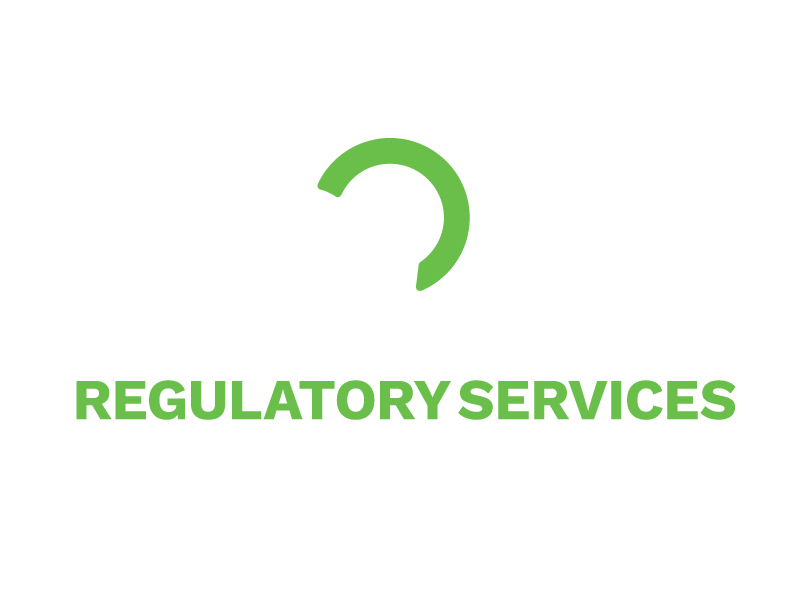
April 1, 2004
After observing the stress and confusion that so many companies were facing while trying to navigate the rules and regulations of the North American market, the stars aligned and Bernie Desgagnés founded Source Nutraceutical, Inc.—now affectionately known as SNI.
He was eager to fill the gap with customized solutions that so many companies were looking for, and the timing in the Natural Health Product regulatory space was kismet.
Streamlining and Modernization (2010-2015)
As the industry grew, Health Canada introduced measures to streamline the application process, leading to faster approvals without compromising safety or quality. This period also saw a greater emphasis on post-market surveillance to ensure ongoing product safety and efficacy. Key updates included clearer guidelines on product licensing, evidence of safety and efficacy, and the enforcement of Good Manufacturing Practices (GMPs), which required all NHP manufacturers, packagers, and importers to be GMP-certified by 2011. These changes ensured products met rigorous quality standards, including batch testing, proper labelling, and documentation.
By 2015, Health Canada was exploring potential reforms, such as cost-recovery measures in various sectors and greater harmonization with international standards to improve regulatory efficiency for NHPs.
Additionally, there was a stronger focus on tracking and addressing adverse reactions, with systems in place for manufacturers and consumers to report safety concerns directly to Health Canada.
The Shift to Self-Care Framework (2016-2018)
In the mid-2010s, Health Canada embarked on an ambitious project to integrate NHPs into a broader Self-Care Framework. This framework aimed to separate the low risk products from pharmaceutical drugs, harmonizing the regulations for these products and reducing burdens for the industry, while ensuring accessibility for consumers.
By 2018, Health Canada released a detailed proposal for this framework, emphasizing a risk-based approach to regulation.
This meant that products posing higher risks required more stringent evidence and oversight compared to those with lower risks.
Increased Transparency and Consumer Protection (2018-2020)
As we moved towards 2020, the focus shifted towards increasing transparency and protecting consumers. New labelling regulations weren’t introduced until later. During this time (and a bit before that) they revised the already existing labelling regulations to include more information, including traceability info and updating cautions for some product categories. This included better instructions for use, risk information, and details about the product’s ingredients.
The aim was to ensure that consumers had all the information they needed to make informed decisions about their health.
The Digital Age and Real-Time Monitoring (2020-2024)
 In recent years, the digital revolution has made its mark on the NHP industry. Health Canada embraced new technologies to enhance real-time monitoring of adverse reactions and ensure quick responses to any safety concerns.
In recent years, the digital revolution has made its mark on the NHP industry. Health Canada embraced new technologies to enhance real-time monitoring of adverse reactions and ensure quick responses to any safety concerns.
This period also saw the introduction of more stringent regulations around health claims, ensuring that any claims made by NHPs are backed by robust evidence or history of traditional use for traditional medicine.
Who we are & what we do...
As part of the Health Products and Food Branch of Health Canada, the Natural Health Products Directorate (NHPD) is the regulating authority for natural health products (NHPs) for sale in Canada. Our role is to ensure that Canadians have ready access to NHPs that are safe, effective and of high quality while respecting freedom of choice and philosophical and cultural diversity. The NHPD is composed of the following areas:
Director General's Office
This Office coordinates the strategic direction of the NHPD, providing vision, purpose and principle-centered leadership.
Bureau of Business Planning and Operations
This bureau is responsible for managing the finances and human resources for the Directorate. All administrative functions are channeled through this bureau and they are considered a service bureau for the other bureaus within the NHPD.
Bureau of Policy Development and Regulatory Affairs
This bureau is responsible for developing policies and guidelines for the Natural Health Products Regulations.
Bureau of Product Review and Assessment
This bureau is responsible for managing and processing submissions for product, site and clinical trial authorizations. It also works with Branch stakeholders on post market surveillance.
Bureau of Promotion, Liaison and Development
This bureau is responsible for implementing the Education and Outreach Campaign for these Regulations, information dissemination to the public, and internal and external networking.
Natural Health Product Research Program
This program supports research and knowledge-based development through various means, both individually and in partnership with other funding agencies, most notably the Canadian Institutes of Health Research.
Our Advisory Committees...
The NHPD has two advisory committees: the Management Advisory Committee (M.A.C.) and the Expert Advisory Committee (E.A.C.). Comprised of industry and consumer stakeholders, the MAC advises the NHPD on the administration of the Natural Health Products Regulations. Members of professional and scientific communities make up the EAC, which provides expert advice to the NHPD on issues related to the safety, quality and efficacy of NHPs.
SOURCE: Natural health product regulation in Canada: Overview

Celebrating 20 Years of Progress
Fast forward to today, and we’re celebrating 20 years of evolving regulations that have shaped the NHP landscape in Canada. From the initial steps in 2004 to the modern, tech-savvy approaches of today, the journey has been nothing short of transformative.
The Canadian NHP industry has a well-established, continuously evolving, regulatory framework and a vibrant sector that continues to innovate while prioritizing the health and safety of consumers.

